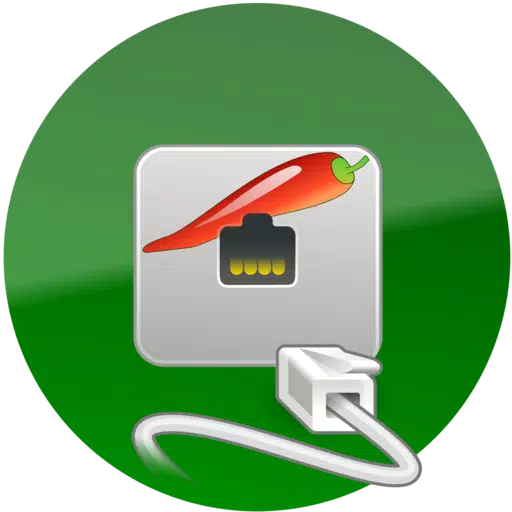Discover the power of secure, open-source remote desktop access with aSPICE, designed specifically for SPICE and SSH connections to QEMU KVM virtual machines. Whether you're on iOS or macOS, you can now leverage the capabilities of aSPICE through the newly released aSPICE Pro, available on the App Store at aSPICE Pro. By purchasing the donation version, you not only enhance your remote desktop experience but also support the ongoing development of GPL open-source software. If you encounter any issues, please use the "Send email" feature in Google Play to report them directly to me before leaving a review.
Stay updated with the latest enhancements and fixes by checking the release notes at Release Notes. For those interested in older versions or looking to report bugs, visit Older Versions and Report Bugs respectively. If you have questions, feel free to engage with the community on our forum at Forum instead of posting them in reviews.
For Android users, don't miss out on bVNC, my versatile VNC Viewer, available at bVNC. If you experience any issues with mouse pointer synchronization, consider using the "Simulated Touchpad" input mode or enhance your setup by adding an "EvTouch USB Graphics Tablet" to your virtual machine. To do this, when your VM is powered off, navigate to the View->Details section in virt-manager, and select Add Hardware->Input->EvTouch USB Graphics Tablet. Alternatively, if you're using the command line, include the option "-device usb-tablet,id=input0".
aSPICE stands out as a secure, SSH-capable, open-source SPICE protocol client, utilizing the LGPL licensed native libspice library. Its comprehensive feature set includes:
- Control over any SPICE-enabled QEMU virtual machine, regardless of the guest OS.
- Master password support in aSPICE Pro.
- MFA/2FA SSH authentication in aSPICE Pro.
- USB Redirection in aSPICE Pro.
- Audio support.
- Multi-touch control for the remote mouse, with intuitive gestures for left, right, and middle clicks.
- Sound support, configurable in the Advanced Settings on the main screen.
- Enhanced dragging and scrolling capabilities.
- Pinch-zooming for a more interactive experience.
- Dynamic resolution changes, allowing seamless desktop reconfiguration and control from BIOS to OS.
- Full rotation support, with the option to lock rotation on your device.
- Multi-language support for a global user base.
- Full mouse support on Android 4.0+.
- Complete desktop visibility, even with the soft keyboard extended.
- SSH tunneling for enhanced security and access to machines behind firewalls.
- UI optimizations tailored for various screen sizes, ensuring a great experience on tablets and smartphones.
- Samsung multi-window support for multitasking.
- SSH public/private key support, with the ability to import encrypted/unencrypted RSA keys in PEM format and unencrypted DSA keys in PKCS#8 format.
- Automatic connection session saving for convenience.
- Multiple scaling modes including Zoomable, Fit to Screen, and One to One.
- Various input modes, including Direct, Simulated Touchpad, and Single-handed, with long-tap options for clicks, drags, scrolls, and zooms.
- On-screen Ctrl/Alt/Tab/Super and arrow keys that can be stowed away.
- Ability to send the ESC key using your device's "Back" button.
- D-pad support for arrows and rotation compatibility with some Bluetooth keyboards.
- Minimum zoom that fits the screen and snaps to 1:1 while zooming.
- FlexT9 and hardware keyboard support for enhanced typing.
- On-device help for setting up new connections and understanding input modes.
- Compatibility with Hackerskeyboard, recommended for an optimal typing experience.
- Import/Export functionality for settings.
- Samsung DEX, Alt-Tab, Start Button, and Ctrl+Space capture for advanced control.
Looking ahead, we plan to integrate clipboard functionality for seamless copy/pasting between your device and the remote desktop.
For detailed instructions on setting up SPICE on Linux, refer to the guides provided by Red Hat at Red Hat Instructions and by Ubuntu's Canonical at Ubuntu Instructions. The source code for aSPICE and related projects is available at GitHub.
Tags : Productivity


















